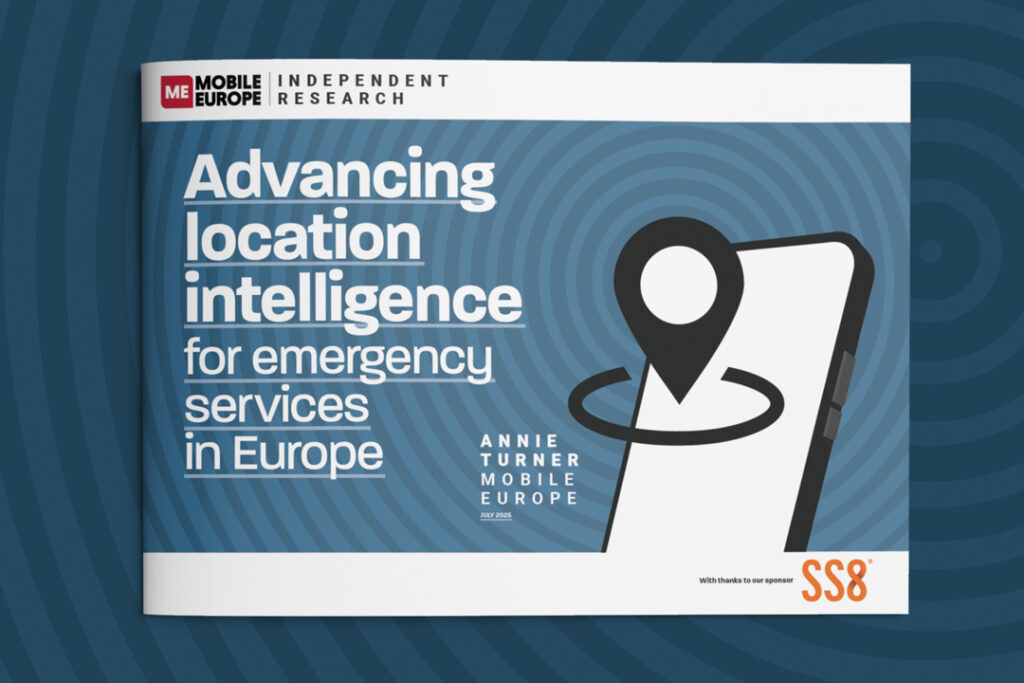Notebooks with embedded HSPA to get industry badge
Hundreds of thousands of notebooks branded with a new GSMA-approved Mobile Broadband mark will be on sale by Christmas, according to the GSMA's Chief Marketing Officer, Michael O'Hara.
The GSMA has brought together 16 companies, including laptop OEMs, chipset developers, module manufacturers and mobile operators to launch a new industry mark to publicise the benefits of "Mobile Broadband" access from notebooks.
Devices carrying embedded HSPA modules that meet the GSMA's technical requirements will be entitled to carry the new license mark. The scheme is to be backed by $1 billion of advertising and marketing spending ahead of a "holiday season" sales push.
Consumers will either be able to buy the devices from an electronics retailer, and then go and buy a SIM separately, or purchase a notebook plus data plan direct from operators, O'Hara told Mobile Europe.
With HSPA access now available in 91 countries, and with 50 million HSPA subscribers globally, the GSMA feels the time is now right for a global mobile broadband access service mark. The mark may also help mobile become the dominant method of internet access in countries with little widespread fixed broadband infrastructure, O'Hara said.
O'Hara said that with data packages for HSPA access set to level out at around $20 per month, on average, cellular broadband access is now "a compelling alternative to WiFi".
The cost of an HSPA module currently sits at around $70, O'Hara said, but is set to half over the next 18 months, he said. "The cost implication of embedding mobile broadband into notebooks will decline to the cost for WiFi," O'Hara predicted.
Users with embedded modules will be able to configure their connection manager to connect to their preferred access method, either cellular, WiFi or other, Ton Brand, the GSMA's Mobile Broadband Project Director, told Mobile Europe. Where HSPA coverage is not available, the devices will fall back to UMTS or even GPRS coverage, he said.
Of the 16 companies participating initially in the scheme, perhaps the notable absentee is Intel, a leader in notebook silicon for WiMax and WiFi, but not of course in cellular chipsets.
Brand told Mobile Europe that contact was made initially but that Intel, "never showed great interest in what we were doing".
The companies in the scheme so far are 3 Group, Asus, Dell, ECS, Ericsson, Gemalto, Lenovo, Microsoft, Orange, Qualcomm, Telefónica Europe, Telecom Italia, TeliaSonera, T-Mobile, Toshiba and Vodafone.
Of the top five notebook makers by market share, HP and Acer are missing. LG and Sony are absent too.


